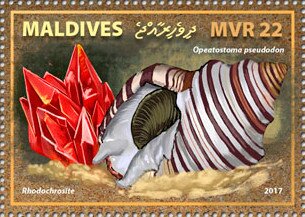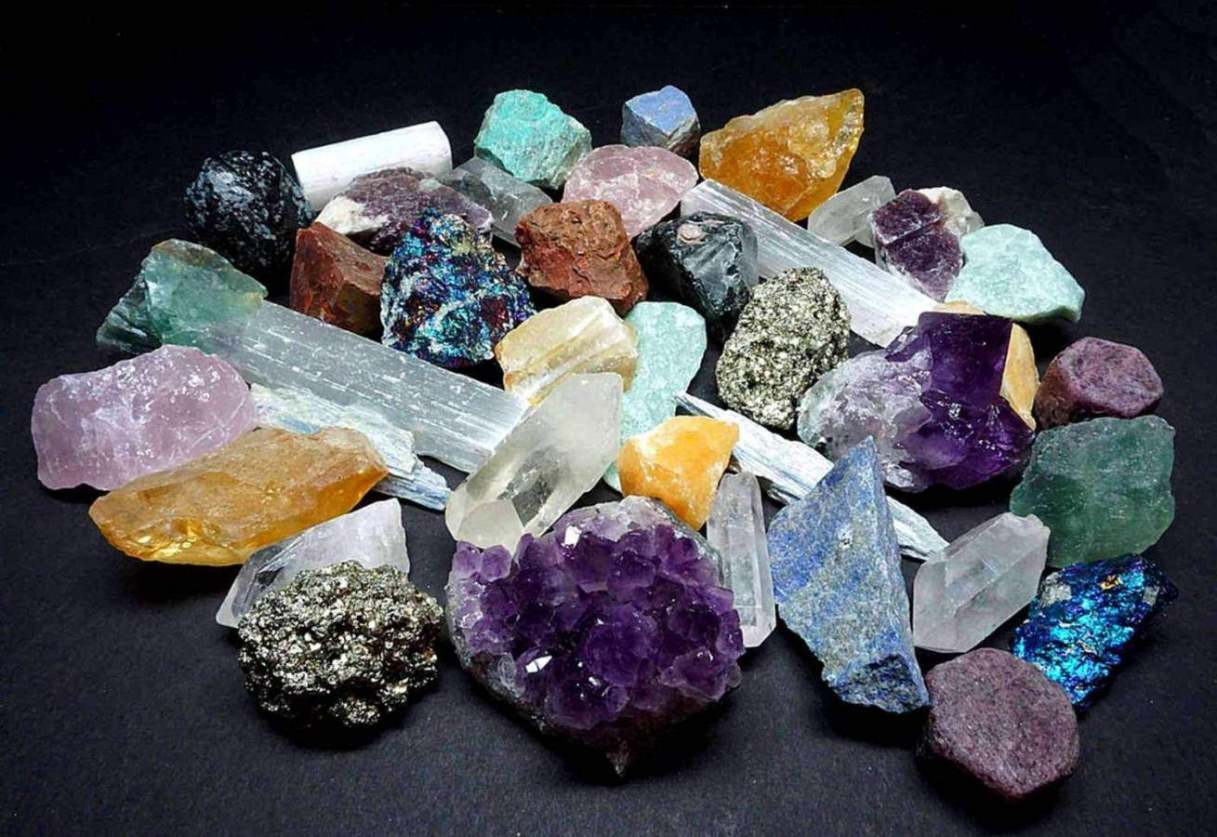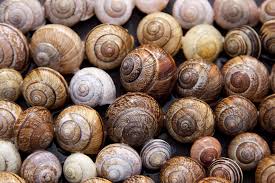Stamp: Rhodochrosite, Opeatostoma pseudodon (Maldives 2017)
Rhodochrosite, Opeatostoma pseudodon (Maldives 2017)
26 September (Maldives ) within release Shells and Minerals goes into circulation Stamp Rhodochrosite, Opeatostoma pseudodon face value 22 Maldivian rufiyaa
| Stamp Rhodochrosite, Opeatostoma pseudodon in catalogues | |
|---|---|
| Michel: | Mi: MV 7251 |
Stamp is square format.
Although this issue was authorized by postal officials in the Maldives, the entire issue was distributed by the stamp agents representing the Maldives to the new issued trade, and not sold in the Maldives.Also in the issue Shells and Minerals:
- Stamp - Morula uva, Aquamarine face value 22;
- Stamp - Amethyst, Arcinella cornuta Conrad face value 22;
- Souvenir Sheet - Shells and Minerals face value 70;
- Stamp - Angaria sphaerula, Diopside face value 22;
- Mini Sheet - Shells and Minerals face value 4*22;
- Stamp - Wulfenite, Strombus gigas face value 70;
- Stamp - Rhodochrosite, Opeatostoma pseudodon face value 22;
Stamp Rhodochrosite, Opeatostoma pseudodon it reflects the thematic directions:
Animals are multicellular, eukaryotic organisms of the kingdom Animalia (also called Metazoa). All animals are motile, meaning they can move spontaneously and independently, at some point in their lives. Their body plan eventually becomes fixed as they develop, although some undergo a process of metamorphosis later on in their lives. All animals are heterotrophs: they must ingest other organisms or their products for sustenance.
In geology and mineralogy, a mineral or mineral species is, broadly speaking, a solid substance with a fairly well-defined chemical composition and a specific crystal structure that occurs naturally in pure form
A seashell or sea shell, also known simply as a shell, is a hard, protective outer layer created by an animal that lives in the sea. The shell is part of the body of the animal. Empty seashells are often found washed up on beaches by beachcombers. The shells are empty because the animal has died and the soft parts have been eaten by another animal or have rotted out. The term seashell usually refers to the exoskeleton of an invertebrate (an animal without a backbone). Most shells that are found on beaches are the shells of marine mollusks, partly because many of these shells endure better than other seashells.



